2009-12-17 11:09
IATA expecs US$5.6 billion loss in 2010
The International Air Transport Association (IATA) revised its financial outlook for 2010 to an expected US$5.6 billion global net loss, larger than the previously forecast loss of US$3.8 billion. For 2009, IATA maintained its forecast of a US$11 billion net loss.
The world airlines will lose US$11.0 billion in 2009. We are ending an Annus Horribilis that brings to a close the 10 challenging years of an aviation Decennis Horribilis. Between 2000 and 2009, airlines lost US$49.1 billion, which is an average of US$5.0 billion per year,?said Giovanni Bisignani, IATA? Director General and CEO.
The worst is likely behind us. For 2010, some key statistics are moving in the right direction. Demand will likely continue to improve and airlines are expected to drive down non-fuel unit costs by 1.3%. But fuel costs are rising and yields are a continuing disaster. Airlines will remain firmly in the red in 2010 with US$5.6 billion in losses, said Bisignani.
The forecast highlights include:
Revenues: Industry revenues are expected to rise by US$22 billion (4.9%) to US$478 billion in 2010, compared to 2009. However, revenues remain US$57 billion (-11%) below the peak of US$535 billion in 2008 and US$30 billion below 2007 when passenger traffic was at similar levels to what is expected in 2010.
Passenger Demand: Following a decline of 4.1% in 2009, passenger traffic is expected to grow by 4.5% in 2010 (stronger than the previously forecast 3.2% in September). A total of 2.28 billion people are expected to fly in 2010, bringing total passenger numbers back in line with the peak recorded in 2007.
Cargo Demand: Cargo demand is expected to grow by 7% to 37.7 million tonnes in 2010 (stronger than the previously forecast 5% in September), following a 13% decline in 2009. Total freight volumes will remain 10% below the 41.8 million tonne peak recorded in 2007. Cargo demand is rising faster than world trade as depleted inventories are rebuilt. Once the inventory cycle completes, growth is expected to fall back in line with world trade.
Yields: In 2009, passenger and cargo yields plummeted by 12% and 15% respectively. Cargo yields are expected to improve by 0.9% in 2010. But passenger yields are not expected to improve from their extraordinary low level.
This is being driven by two factors: excess capacity in the market and reduced corporate travel budgets. Capacity adjustments in 2009 were made at the expense of lower aircraft utilization (down 6%). An additional 1300 aircraft due for delivery in 2010 will contribute to 2.8% global capacity growth, putting continuing pressure on yields. On top of this, corporate travel buyers have adjusted their budgets to reflect lower premium fare levels.
Fuel: An average oil price of US$75.0 per barrel (Brent) is expected in 2010, up considerably from the US$61.8 average expected for 2009. As a percentage of operating costs, fuel will be 26% in 2010. This is considerably lower than the 32% of operating costs that fuel comprised in 2008, but twice the 13% of operating costs that fuel represented in 2001-2002.
Cash: Over 2009, the industry raised at least US$38 billion in cash (US$25 billion from capital markets and US$13 billion from aircraft sale and leasebacks). The ratio of cash to revenues improved for European and North American airlines, but was flat for Asia- Pacific carriers. This will provide a cash cushion for the approaching first quarter seasonally weak traffic lows.
The number of travelers will be back to the peak levels of 2007, but with US$30 billion less in revenues. The US$38 billion cash cushion built up throughout this year will help airlines survive through the low season, but there is no recovery in sight for 2010. Tough times continue, said Bisignani.<Korea Shipping Gazette>
The world airlines will lose US$11.0 billion in 2009. We are ending an Annus Horribilis that brings to a close the 10 challenging years of an aviation Decennis Horribilis. Between 2000 and 2009, airlines lost US$49.1 billion, which is an average of US$5.0 billion per year,?said Giovanni Bisignani, IATA? Director General and CEO.
The worst is likely behind us. For 2010, some key statistics are moving in the right direction. Demand will likely continue to improve and airlines are expected to drive down non-fuel unit costs by 1.3%. But fuel costs are rising and yields are a continuing disaster. Airlines will remain firmly in the red in 2010 with US$5.6 billion in losses, said Bisignani.
The forecast highlights include:
Revenues: Industry revenues are expected to rise by US$22 billion (4.9%) to US$478 billion in 2010, compared to 2009. However, revenues remain US$57 billion (-11%) below the peak of US$535 billion in 2008 and US$30 billion below 2007 when passenger traffic was at similar levels to what is expected in 2010.
Passenger Demand: Following a decline of 4.1% in 2009, passenger traffic is expected to grow by 4.5% in 2010 (stronger than the previously forecast 3.2% in September). A total of 2.28 billion people are expected to fly in 2010, bringing total passenger numbers back in line with the peak recorded in 2007.
Cargo Demand: Cargo demand is expected to grow by 7% to 37.7 million tonnes in 2010 (stronger than the previously forecast 5% in September), following a 13% decline in 2009. Total freight volumes will remain 10% below the 41.8 million tonne peak recorded in 2007. Cargo demand is rising faster than world trade as depleted inventories are rebuilt. Once the inventory cycle completes, growth is expected to fall back in line with world trade.
Yields: In 2009, passenger and cargo yields plummeted by 12% and 15% respectively. Cargo yields are expected to improve by 0.9% in 2010. But passenger yields are not expected to improve from their extraordinary low level.
This is being driven by two factors: excess capacity in the market and reduced corporate travel budgets. Capacity adjustments in 2009 were made at the expense of lower aircraft utilization (down 6%). An additional 1300 aircraft due for delivery in 2010 will contribute to 2.8% global capacity growth, putting continuing pressure on yields. On top of this, corporate travel buyers have adjusted their budgets to reflect lower premium fare levels.
Fuel: An average oil price of US$75.0 per barrel (Brent) is expected in 2010, up considerably from the US$61.8 average expected for 2009. As a percentage of operating costs, fuel will be 26% in 2010. This is considerably lower than the 32% of operating costs that fuel comprised in 2008, but twice the 13% of operating costs that fuel represented in 2001-2002.
Cash: Over 2009, the industry raised at least US$38 billion in cash (US$25 billion from capital markets and US$13 billion from aircraft sale and leasebacks). The ratio of cash to revenues improved for European and North American airlines, but was flat for Asia- Pacific carriers. This will provide a cash cushion for the approaching first quarter seasonally weak traffic lows.
The number of travelers will be back to the peak levels of 2007, but with US$30 billion less in revenues. The US$38 billion cash cushion built up throughout this year will help airlines survive through the low season, but there is no recovery in sight for 2010. Tough times continue, said Bisignani.<Korea Shipping Gazette>
많이 본 기사
- 국제물류업계, 광양항 마지막 배후단지 활용법 모색한다‘일상이 된 물류시장 불확실성’, AI·친환경이 돌파구‘고환율·저운임’ 글로벌 물류기업 일제히 부진한 실적 신고‘수요 둔화 지속’ 컨운임지수 한주만에 1300선으로 후퇴DHL, 중동 두바이에 차세대 물류허브 개소한국해양대, 장금상선등 해운사와 해양인재 양성방안 모색해운협회, 부산항도선사회와 CCTV 활용 안전도선 업무협약KMI, 우리나라와 북극권국가 협력 방안 모색2028년 유엔 해양총회 한국 유치 확정벌크선시장, 급등 이후 조정 '속도 조절 들어가나'
- 전재수 해수부 장관 사의…“해양수도권 차질없이 육성되길”쿠팡 박대준 대표이사 사임…“개인정보 유출 책임 통감”日 ONE 운항 9100TEU급 컨선 화재…공동해손 선언윌로그, 벤처창업진흥유공 대통령 표창 수상아시아나IDT, 산업안전세미나 개최…‘플랜투두’ 확산 전략 공유아로아랩스, 중기부 창업지원프로그램 선정…연구개발 자금 확보부음/ 해운조합 최종진 본부장 빙모상조선기자재硏·이마린·그린에너지솔루션, 친환경선박 배출수 기술개발...경운대, 국제항공운송협회와 대학 최초 교육협약 체결인천항만공사, 전기차 화재대응 안전역량 강화 나선다


















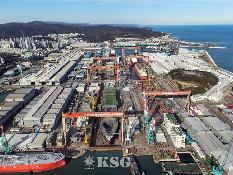
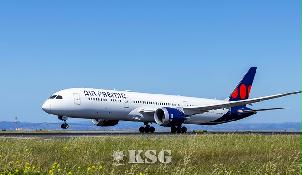


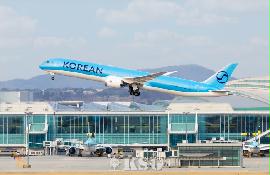


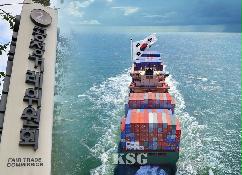



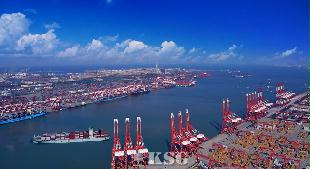
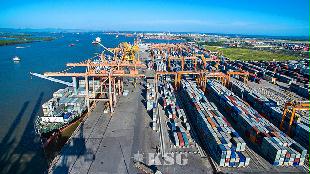
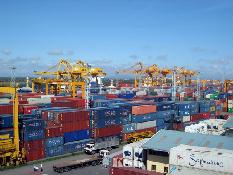






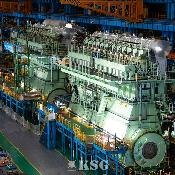
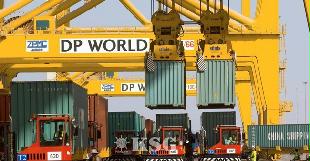

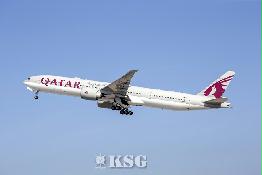





















0/250
확인